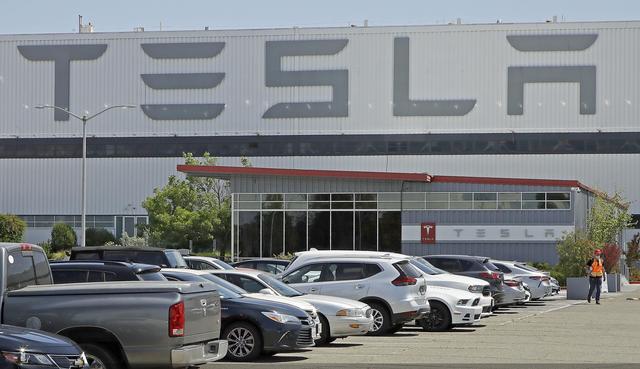Tesla has sounded the alarm for its biggest layoff in history, after a number of US companies began to shed jobs. CEO Musk warned that Tesla must focus on costs and cash flow, and that there will be tough times ahead. Though Musk’s backtrack after the uproar was like the canary in the coal mine, Tesla’s move may not be a false alarm about subtle changes in the industry.
Stock fell $74 billion overnight.
Amid rapidly rising costs and recessionary pressures in the global economy, new energy car giant Tesla also reported layoffs.
The story began last Thursday when Musk sent an email to company executives titled “Global hiring pause,” in which musk said, “I have a really bad feeling about the economy.” Mr Musk said Tesla would reduce its salaried workforce by 10 per cent because it was “overstaffed in many areas”.
According to Tesla’s U.S. regulatory filings, the company and its subsidiaries had nearly 100,000 employees at the end of 2021. At 10%, tesla’s job cuts could be in the tens of thousands. However, the email said the layoffs would not affect those who make cars, assemble batteries or install solar panels, and that the company would also increase the number of temporary workers.
Such pessimism led to a crash in Tesla’s stock price. By the close of trading on June 3, Tesla shares were down 9%, wiping out about $74 billion in market value overnight, the biggest one-day drop in recent memory. This has directly affected Musk’s personal wealth. According to Real-time calculations by Forbes Worldwide, Musk lost $16.9 billion overnight, but remained the world’s richest man.
Perhaps in an attempt to allay concerns over the news, Musk responded on Social media on June 5 that tesla’s total workforce would still increase over the next 12 months, but salaries would remain fairly stable.
Tesla’s layoffs may have been in the offing. Musk sent an email announcing the end of tesla’s home office policy — employees must return to the company or leave. The “40 hours per week in the office” standard is lower than that of factory workers, the email said.
According to industry insiders, Musk’s move is probably a form of layoff recommended by HR department, and the company can save a severance fee if the employees who can’t come back quit voluntarily: “He knows that there will be employees who can’t come back and don’t have to pay compensation.”
Look down on economic prospects
“I’d rather be wrongly optimistic than wrongly pessimistic.” This used to be Musk’s best known philosophy. Yet Mr Musk, as confident as he is, is becoming cautious.
Many believe that Musk’s move is directly due to the new energy vehicle industry at a difficult time — Tesla is suffering from parts shortages and supply chain instability. Investment bank analysts had already cut their second-quarter and full-year delivery estimates.
But the underlying reason is that Musk is very anxious about the poor state of the American economy. Bai Wenxi, chief economist of IPG China, told The Beijing Business Daily that the most important reasons for tesla’s layoffs are the unoptimism about the US economy, rising global inflation and production incoordination caused by supply chain bottlenecks that have not been resolved as planned.
Earlier this year, Musk offered his own pessimistic view of the U.S. economy. He even predicts a new great macroeconomic recession in the spring or summer, and no later than 2023.
At the end of May, Musk publicly predicted that the U.S. economy would face a recession that would last at least a year to a year and a half. Given the Conflict between Russia and Ukraine, high global inflation and the White House’s choice to wind down quantitative easing, a new crisis could well unfold in the US.
Meanwhile, several institutions, including Morgan Stanley, have said musk’s message has considerable credibility, that the world’s richest man has been uniquely insightful about the global economy, and that investors should carefully consider tesla’s growth expectations, such as profit margins, based on his warnings about jobs and the economy.
A Chinese associate professor believes tesla’s move is due to a combination of internal and external factors. This includes not only the pessimistic expectation of the future direction of the economy, but also the blockage of the global supply chain and its own strategic adjustment. According to the latest data from Wards Intelligence, the annualised rate of new vehicles sold in the US in May was just 12.68m, down from 17m before the pandemic.
Post time: Jun-06-2022

















